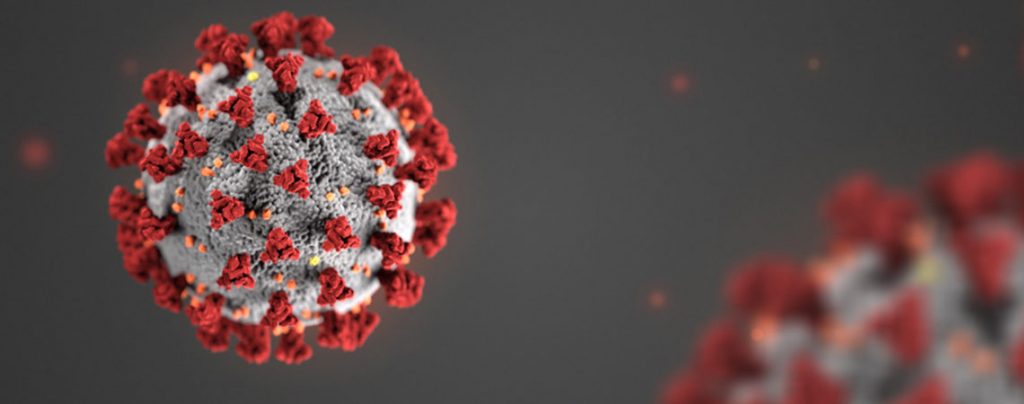At his daily COVID-19 briefing March 31, Gov. Charlie Baker repeatedly emphasized how important it was for Massachusetts residents to stay home, to practice social distancing if they had to go out for essentials, and to not gather in groups greater than 10 people.
“We need everyone to continue to go without being around many of your family and most of your friends for your own health and safety and for the health and safety of your family, your friends, and others,” he said early in the briefing.
In announcing that he was extending the statewide orders to stay-at-home and close all non-essential businesses to May 4 to mitigate the spread of the virus, Baker noted that his weekly visits with his 91-year-old father have been replaced with a phone call—and neither of them does well communicating by phone.
“I miss him,” said Baker.
“But that’s just the way it is,” he quickly added. “And it’s the way it should be…. All of us need to be as purposeful as we can be in dealing with the contagious nature of this virus.”
Baker’s insistence on continuing to self-isolate and social distance stems from the reality that it’s the only way to slow the spread of the virus so that hospitals, emergency responders, and other care providers aren’t too overwhelmed to be able to provide care to COVID-19 patients, causing widespread deaths and further spread of the virus.
“If we can limit face to face, person to person contact now, we can slow the spread and get back to work as soon and as safely as we possibly can,” Baker said.
This process of self-isolating to slow the spread of COVID-19 in order to allow health care providers to adequately care for the sick is what’s known to epidemiologists as “flattening the curve.” As the chart below shows, the “curve” refers to the projected number of people who will contract the virus over a period of time. “Flattening” that to a more manageable level—i.e. fewer COVID-19 cases over a longer period of time—is the goal here. It also gives scientists time to develop treatments or a vaccine.
 (Image credit: Johannes Kalliauer/ CC BY-SA 4.0)
(Image credit: Johannes Kalliauer/ CC BY-SA 4.0)
Both of the curves in this graph symbolize the total number of cases over time. The more cases recorded on a given a day, the higher the curve; and the virus is spreading quickly. A lower curve means new cases are diminishing, and thus conserving health care resources.
For all of you commuters out there, this New York Times piece likens flattening the curve to using the subway at rush hour:
“Think of the health care system capacity as a subway car that can only hold so many people at once. During rush hour, that capacity is not enough to handle the demand, so people must wait on the platform for their turn to ride. Staggering work hours diminishes the rush hour and increases the likelihood that you will get on the train and maybe even get a seat. Avoiding a surge of coronavirus cases can ensure that anyone who needs care will find it at the hospital.”
Charles Bergquist, director of the public radio show “Science Friday,” used the analogy of a workplace bathroom:
“Your workplace bathroom has only so many stalls,” he Tweeted recently. “If everyone decides to go at the same time, there are problems. If the same number of people need [to] go to the restroom but spread out over several hours, it’s all ok.”
So what can you do to help flatten the curve? The website flattenthecurve.com has detailed guidance and is a great reference for keeping yourself—and others—safe and healthy during this pandemic. Among their recommendations: Wash your hands. Don’t touch your face. Stay home but stay connected. Look beyond yourself—you may not be worried if you’re in a low-risk group, but your 80-year-old neighbor or your immunocompromised friend may feel differently. Keep your home clean and develop routines for coming back into your home from the grocery store or pharmacy.
All of these efforts are particularly important as the clock ticks toward the projected peak of in-state coronavirus cases, from roughly April 7-17.
As Baker said toward the end of his March 31 briefing remarks, “We know this is difficult, but these next few weeks will be critical to mitigating the spread of the disease and ensuring that our health care system is prepared for what is yet to come.”
Stay home to stay healthy, everyone.


